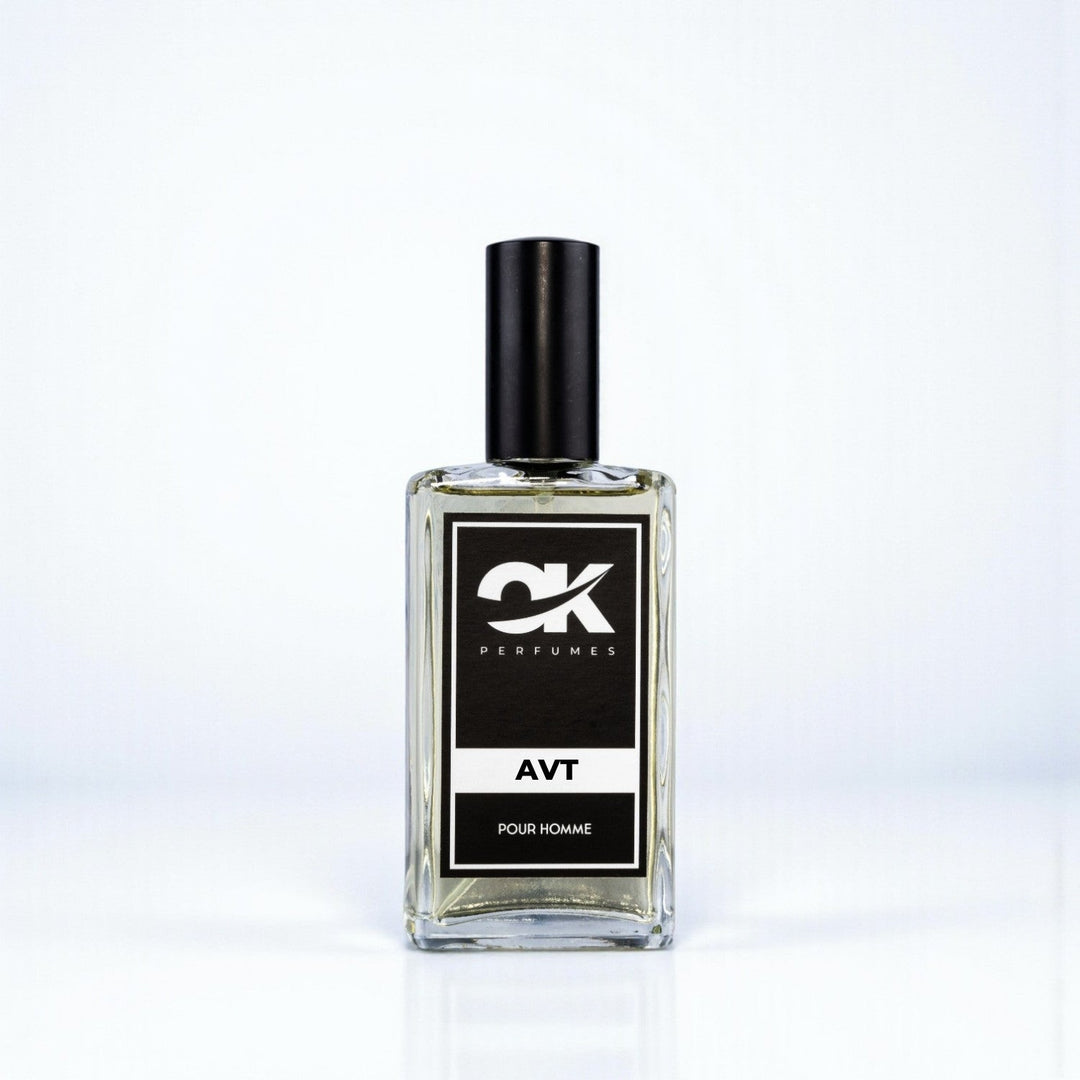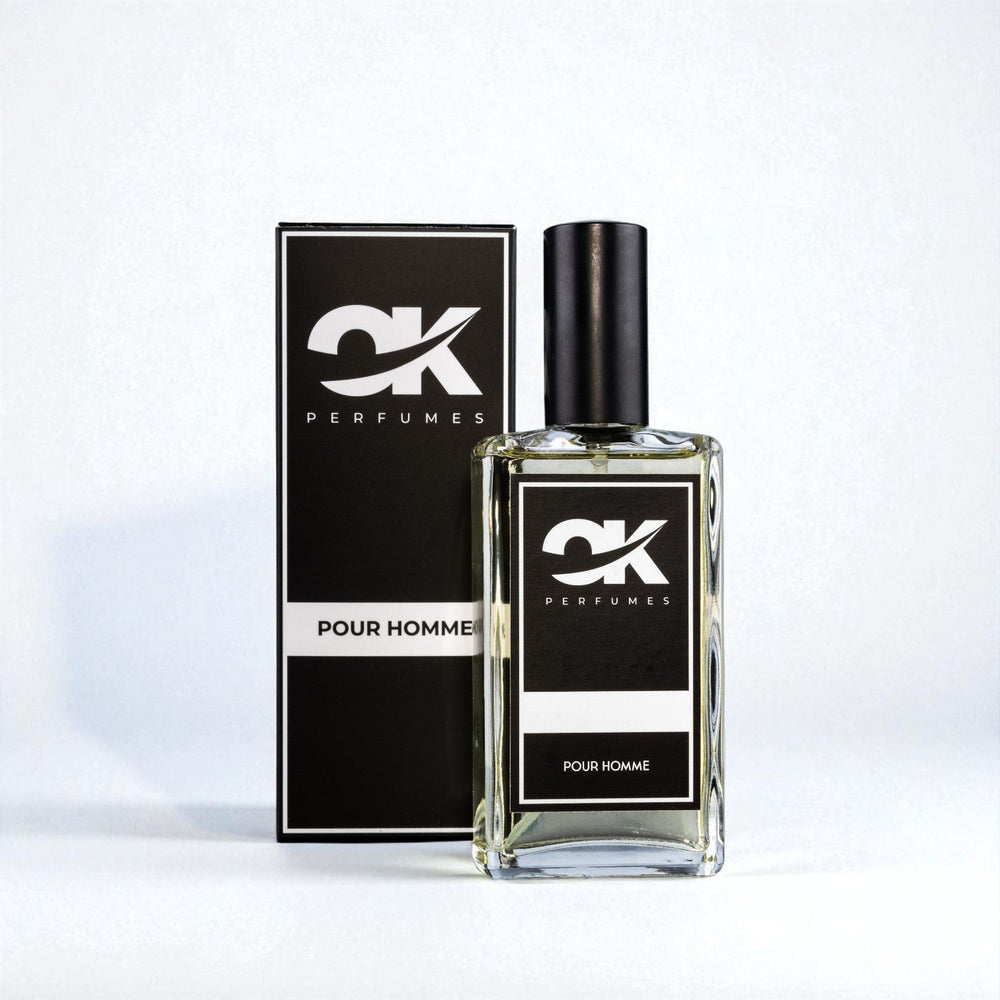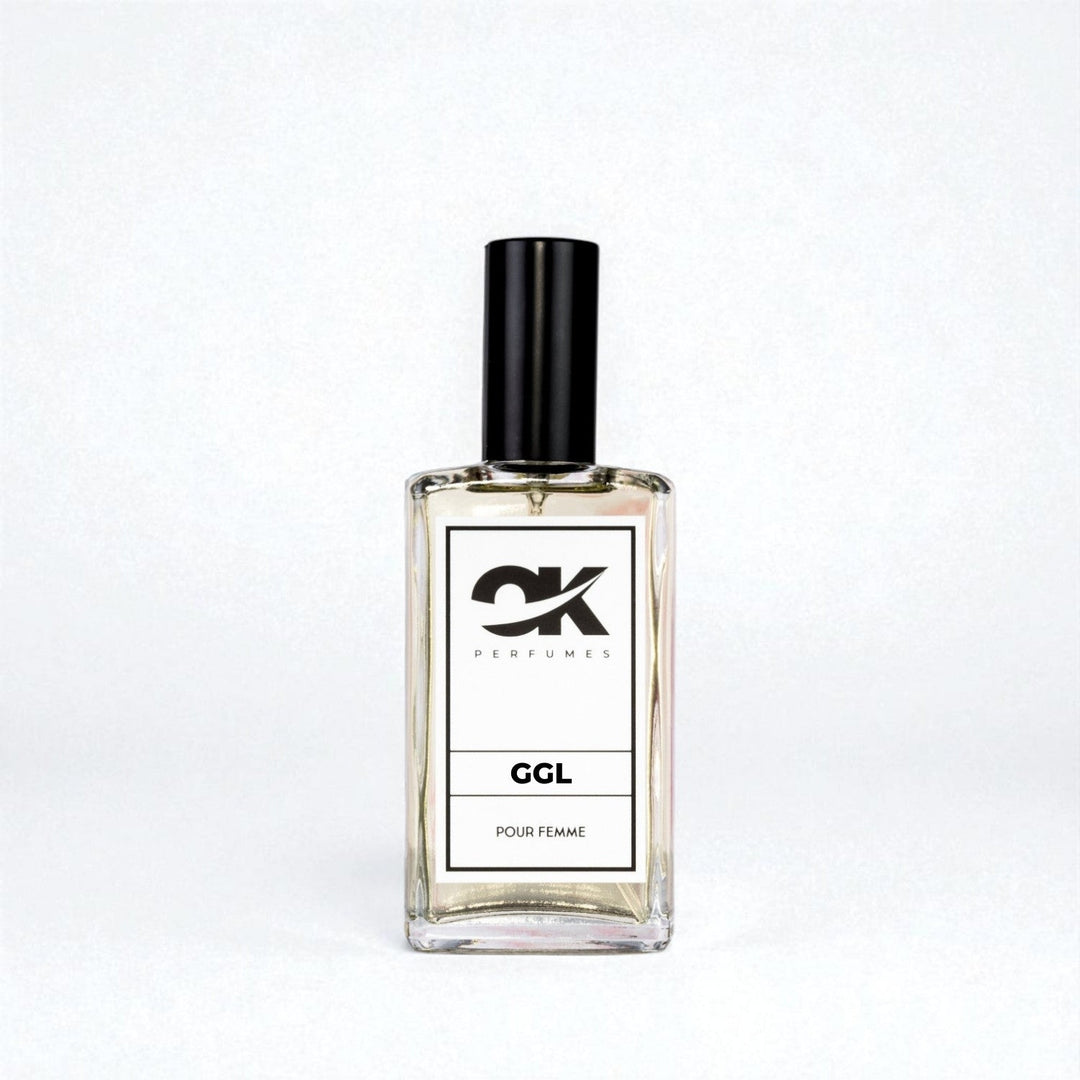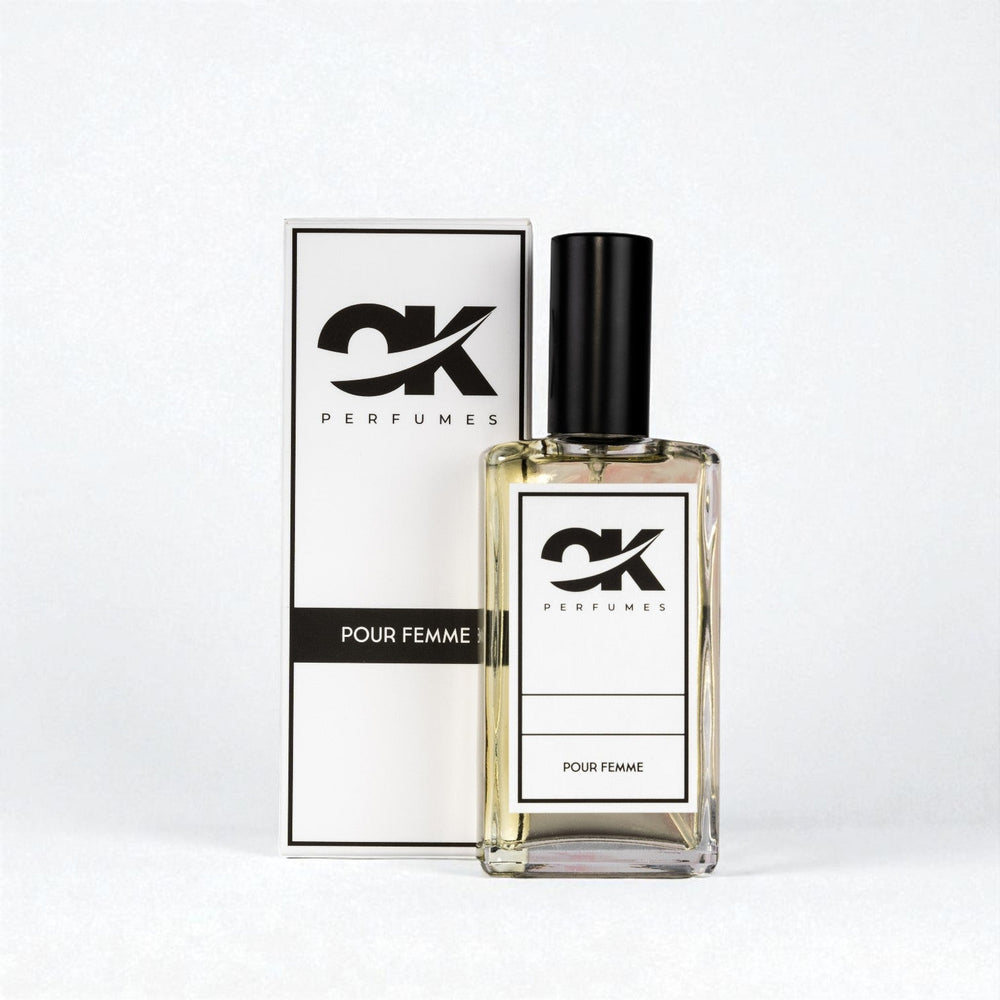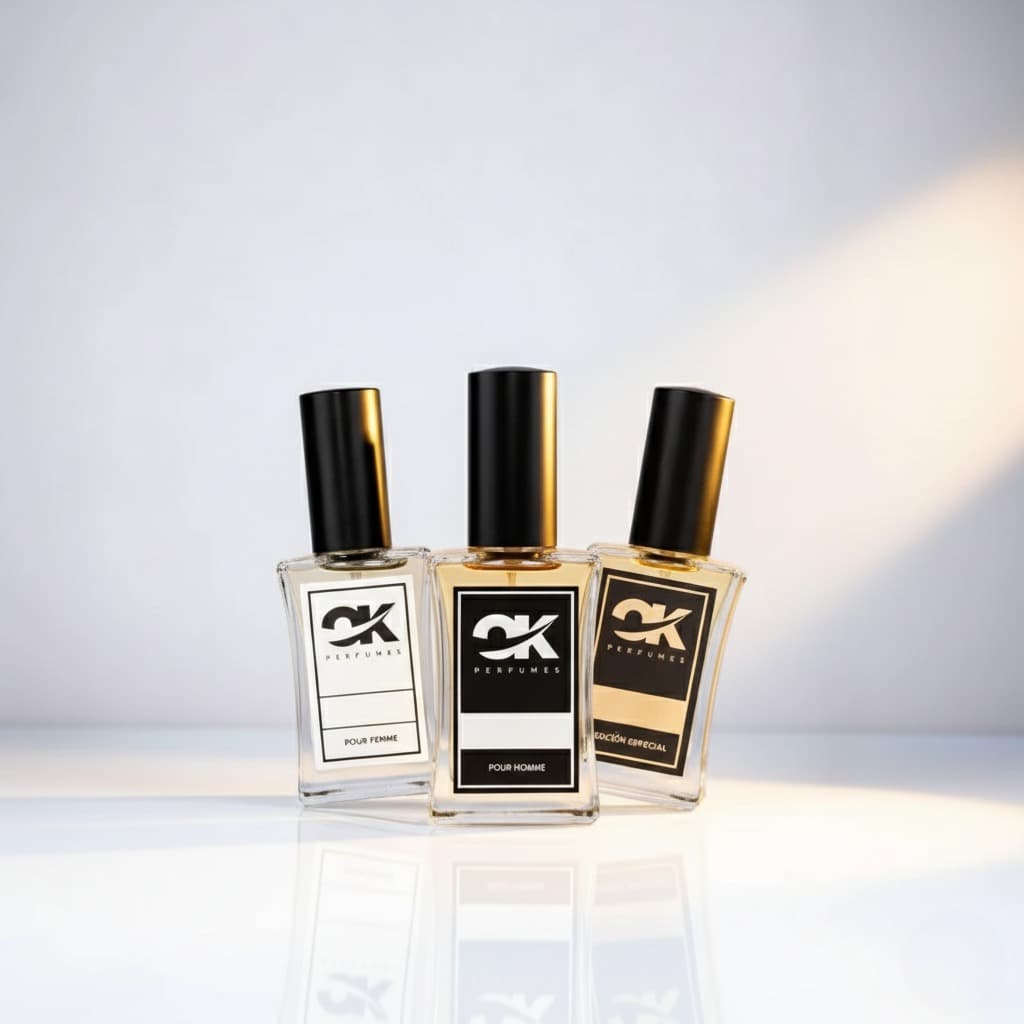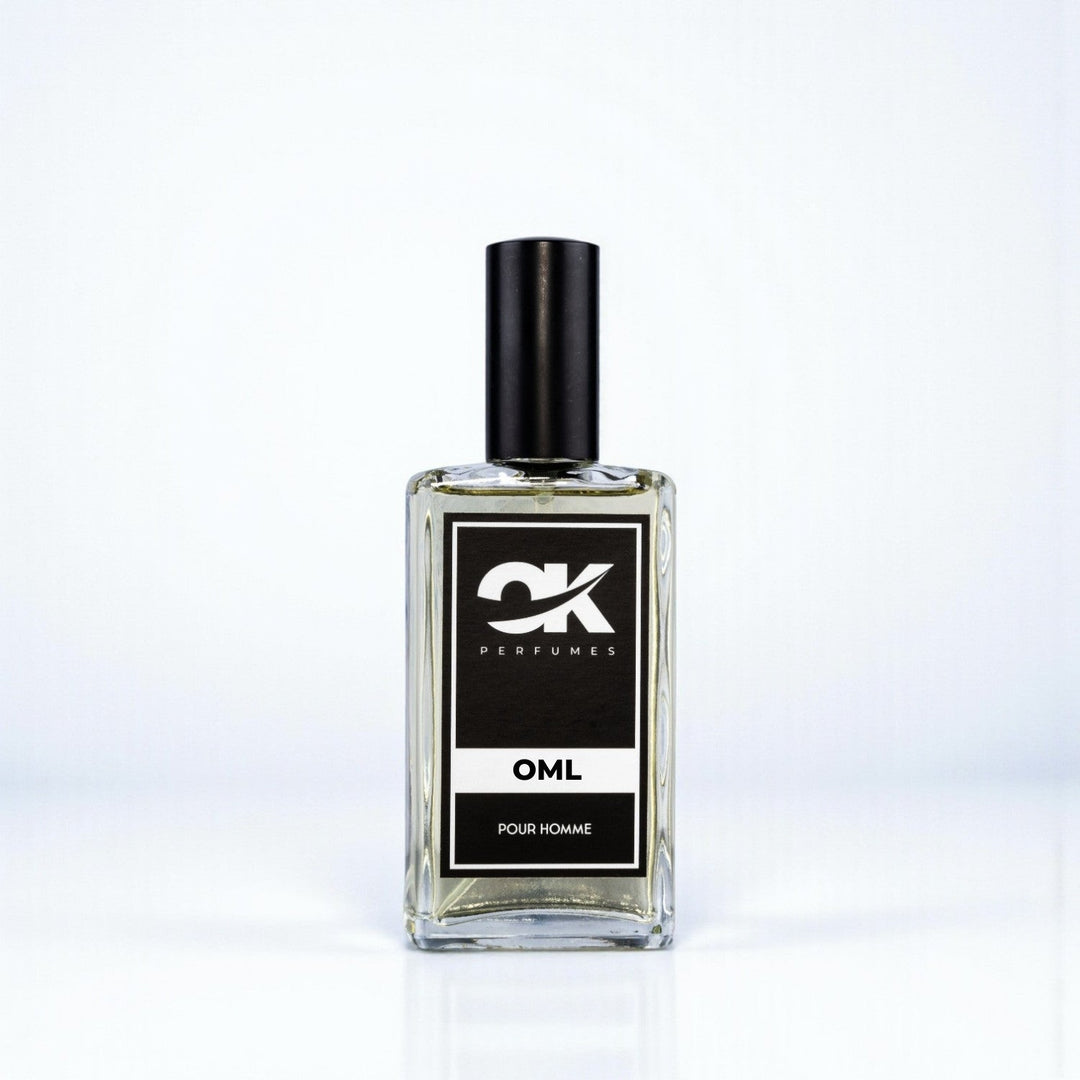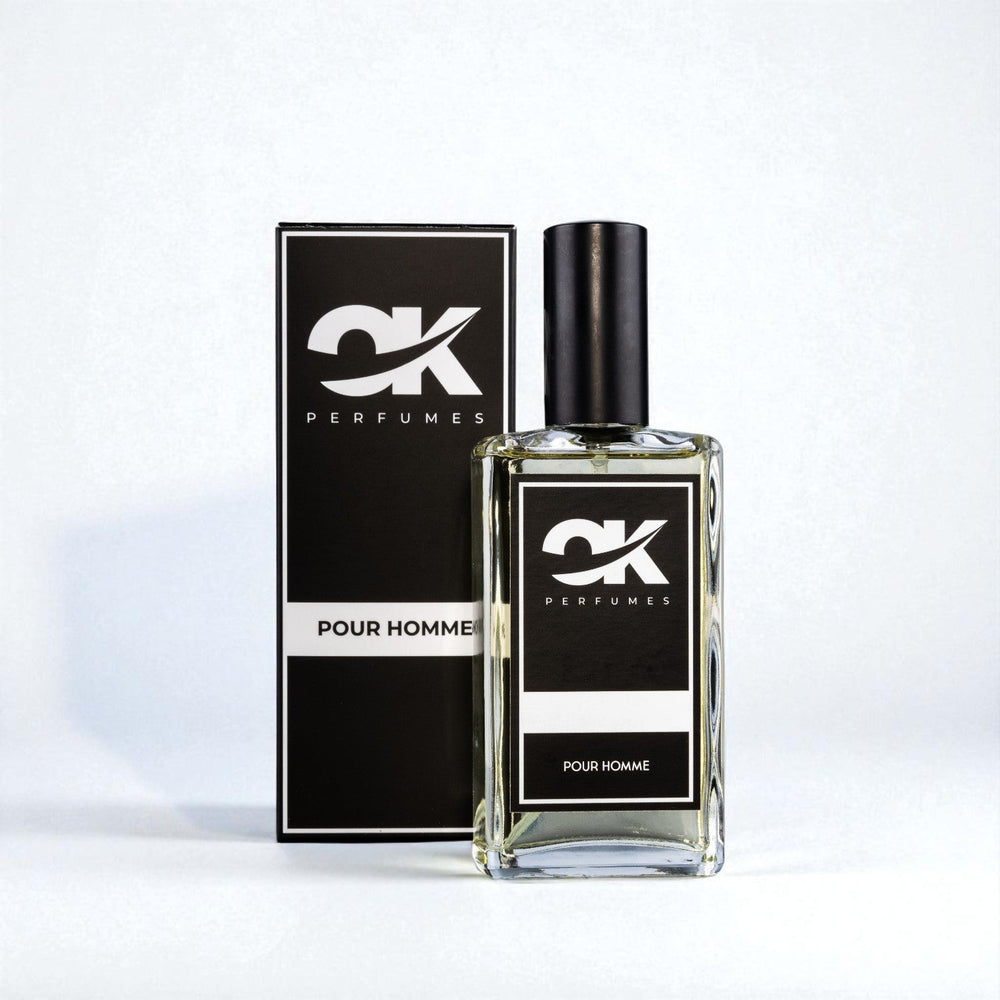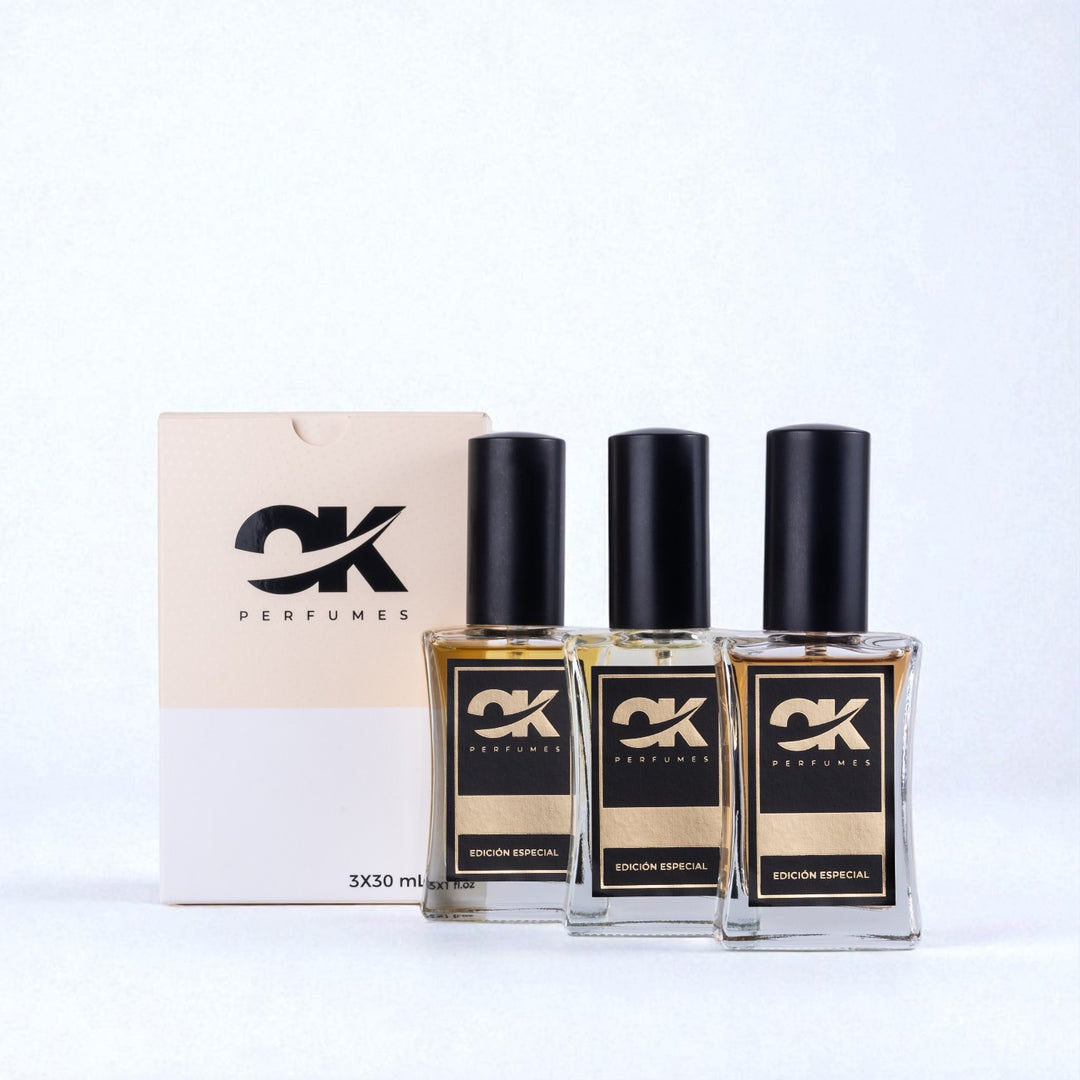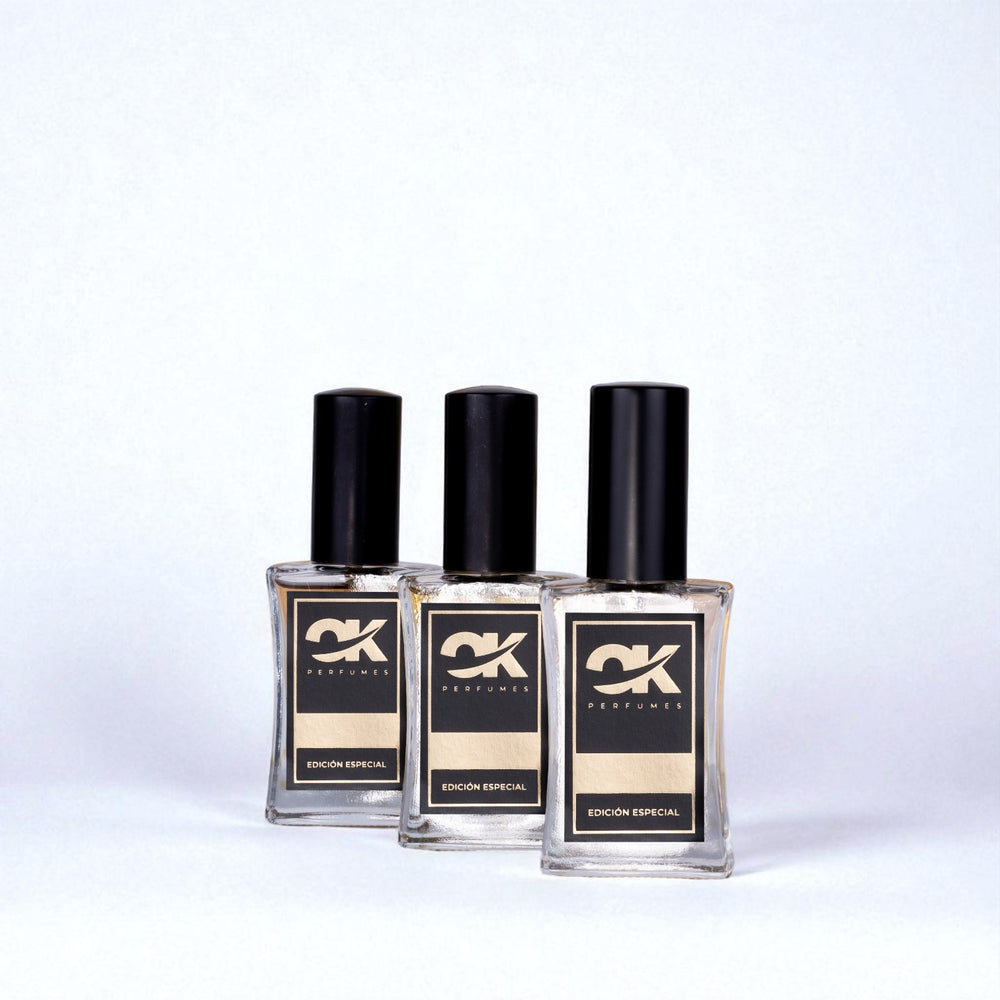The Art of Perfumery: From Conception to Bottle
Frequently Asked Questions
1. What is perfumery?
2. Where does the inspiration to create a perfume come from?
3. What are the three categories of notes in a perfume?
4. How important is bottle design in perfumery?
5. How has the perfume industry evolved?
Perfumery is one of the most intriguing and complex art forms in existence. This practice not only involves the creation of wonderful fragrances but also encompasses an exhaustive process that goes from inspiration to the final product we receive. In this article, we'll explore the art of perfumery and the critical steps involved from the conception of an idea to the bottle containing the summer scent we all enjoy.
The Inspiration Behind the Fragrance
It all starts with an idea. The creation of a perfume is not an arbitrary act; it is the result of deep reflection and a quest to capture an emotion, a moment, or a landscape. Perfumers find inspiration in many aspects of life:
- Childhood memories.
- Travel and distant places.
- Elements of nature.
- Diverse cultures and their traditions.
The goal is to translate these feelings into a fragrance that resonates with those who wear it. A summer perfume might evoke the joy of a day at the beach, while a floral scent might recall a garden in spring.
The Notes of a Perfume
Each perfume is composed of a blend of notes, which are divided into three categories: top notes, middle notes, and base notes.
Top Notes
Top notes are the first notes you notice when applying a perfume. They tend to be fresh and light, their goal being to attract attention and leave a positive first impression. For example, in a summer perfume , we might find citrus or fruity notes that evoke freshness and vitality.
Heart Notes
Following the top notes, the heart notes develop into the body of the fragrance. These notes tend to be more complex and are generally floral or spicy. They give the perfume character and depth.
Base Notes
Finally, the base notes are the longest-lasting aromas perceived after the top notes have evaporated. They tend to be heavier, such as woods, amber, or vanilla. These notes are essential, as they linger on the skin, leaving an unforgettable trail. The combination of these three layers creates a complete sensorial experience that can transport us to other places and times.
The Process of Creating a Perfume
The creation of a perfume is a laborious process involving several critical steps. Each is essential to ensuring the final product is of high quality and appealing to the consumer.
Selection of Ingredients
The choice of ingredients is a fundamental aspect of creating a perfume. Perfumers become experts in the selection of essential oils, absolutes, and synthetic compounds. A deep understanding of the properties of each ingredient is required to achieve a balanced and harmonious blend.
The Art of Mixing
Once the ingredients are selected, the blending process begins. Perfumers experiment with different proportions to find the perfect combination that evokes the desired emotion. This process can take weeks or even months and often involves multiple tests and adjustments.
Tests and Evaluations
After achieving a satisfactory blend, tests are conducted to evaluate how the perfume behaves on the skin. This includes observing the evolution of the notes over time and ensuring the fragrance's longevity. This is a crucial step, as a perfume can smell different on the skin than it does in the bottle.
The Design of the Jar
Bottle design is another vital element in the art of perfumery. It should reflect the essence of the perfume and appeal to the target audience. An attractive design can make a perfume stand out on the shelves. Some aspects to consider include:
- Aesthetics: The bottle should be visually appealing and represent the scent inside.
- Functionality: It should allow easy application of the perfume without wasting product.
- Materials: The quality of the materials also impacts the perception of the perfume.
A well-designed bottle not only contains a summer perfume , but also becomes an object of desire, a symbol of style and exclusivity.
The Importance of Marketing in Perfumery
Perfumery is not just an art; it's also a business. The way a perfume is presented and marketed can significantly influence its success in the marketplace. This is where marketing plays a crucial role.
The Story Behind the Perfume
Consumers often connect with the stories behind perfumes. A good narrative can strengthen a brand's image and appeal to a broader audience. Telling the story of how a perfume was created or the concept behind it can generate significant interest and increase sales.
Collaborations and Limited Editions
Collaborations with influencers or celebrities can ensure additional attention and increase a perfume's visibility. Limited editions also create a sense of exclusivity, making more people want to get the product before it sells out.
The Evolution of Perfumery
The perfume industry has evolved tremendously over the centuries. From ancient civilizations that used herbs and flowers to create fragrances, to modern technology that allows for the synthesis and creation of new compounds.
Sustainability in Perfumery
Today, many perfumers are adopting more sustainable practices, choosing ethically sourced ingredients and looking for ways to reduce the environmental impact of their products. Consumers are increasingly conscious of sustainability, and this also translates into a demand for environmentally friendly products.
Technological Innovations
Furthermore, with the advancement of technology, new techniques are being developed for creating and blending fragrances. This allows perfumers to experiment with aromas previously impossible, thus expanding the horizon of possibilities for creating unique perfumes.
A Personal Journey Through Aroma
For many, wearing perfume is more than just applying a fragrance; it's a personal ritual that evokes memories, feelings, and moods. Every time we apply a perfume, we're carrying a bit of art, science, and emotion with us.
Whether you prefer the fresh, light scents typical of a summer perfume or the deeper, more complex aromas of winter fragrances, the art of perfumery has something to offer everyone. The equivalence of a scent to a personal experience is what makes perfumery such a captivating and intriguing field.
As we move into the future, perfumery is sure to continue evolving, adapting to changing consumer preferences and embracing new trends. In this regard, I'll be keeping an eye on how these changes influence the art and science of perfume creation.
So, the next time you choose to wear a perfume, remember that you are not simply applying a scent, you are carrying with you the fruit of a creative journey that has been carefully conceived to resonate in your life.




